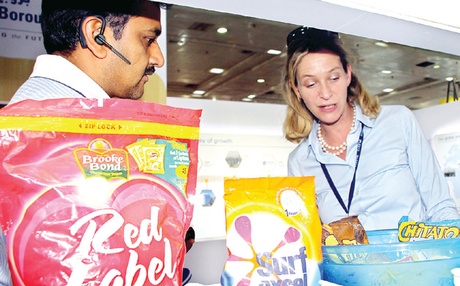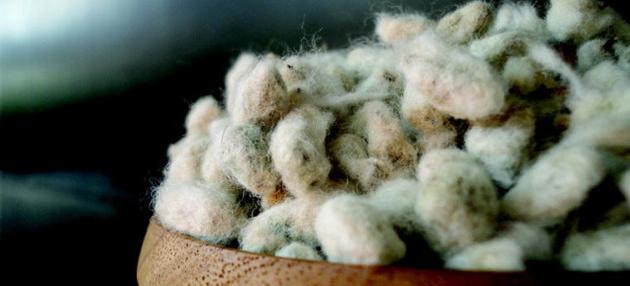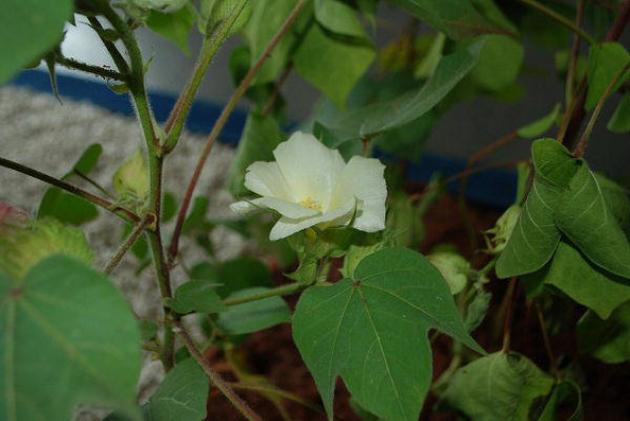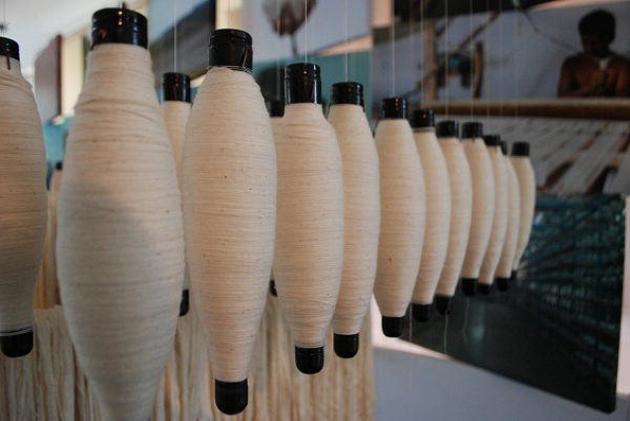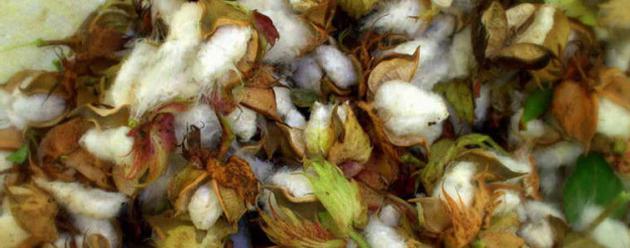For the past year, government hospitals in the city have been generating more money than they ever have before.
One year after the Chief Minister’s Comprehensive Health Insurance Scheme (CMCHIS) was introduced the once fund-starved hospitals are delighted with the outcome, as through it, they have earned crores of rupees, which in turn has translated into better facilities and equipment.
The CMCHIS has not only changed the lives of several patients, but has also brought smiles to the faces of doctors and heads of institutions.
Under the scheme, cashless treatment is provided to those whose income is below Rs. 72,000 per annum at various government and certain specified private hospitals.
Hospitals are reimbursed by the government for treatment costs. Of the funds received, hospitals can use 15 per cent for incentives to staff – including doctors, nurses and paramedical personnel, while the remaining 85 per cent can be used to upgrade infrastructure and equipment.
The nine institutions under Madras Medical College have received Rs. 53 crore, benefiting 35,000 patients. Rajiv Gandhi Government General Hospital (GH) alone has earned Rs. 41 crore benefiting 25,000 patients, Dean V. Kanagasabai said.
“We have been able to improve wards and upgrade facilities. We have invested in new cots and mattresses as well as equipment. For high-end surgeries, we have started using disposable aprons, which reduce infections,” he said.
The top five revenue-generating departments are – cardiothoracic, medical hepatology, neurosurgery, urology and cardiology, Dr. Kanagasabai added.
Over the past year, GH has used most of the funds on implants, amounting to Rs. 14.4 crore.
Expenditure on equipment has been to the tune of Rs. 5.76 crore and drugs have cost the hospital Rs. 2.52 crore. Incentives given to the medical staff accounted for Rs. 3.92 crore.
The hospital has bought and used 250 pacemakers since the inception of the CMCHIS, Dr. Kanagasabai said.
GH has also placed orders for a fibroscan, a device to conduct liver biopsies that can diagnose cancer even before histological changes are registered.
A liver intensive care unit and a dialysis centre are two major units that have come up thanks to the CMCHIS.
Government Stanley Medical College Hospital has generated nearly Rs. 25 crore. General surgery has earned the most under the scheme with Rs. 3 crore, followed by cardiology and plastic surgery with Rs. 2 crore each.
Orthopaedics generated Rs. 1.5 crore and medical gastroenterology, Rs. 1 crore.
“Doctors are happy as they now have access to new equipment and consumables. We are also performing day-care surgeries such as laparoscopy procedures,” said S. Geethlakshmi, dean of the hospital.
CMCHIS has brought in Rs. 9.37 crore to Government Kilpauk Medical College Hospital, with paediatrics emerging as the top earner at Rs. 2.42 crore.
The hospital has invested the money on equipment such as ventilators, pulse oxymeters and implants for knee and hip joint replacements.
At the Government Royapettah Hospital, oncology (surgical, radiation and medical) generated Rs. 3 crore followed by cardiology and nephrology at Rs. 2 crore each. Total funds generated stood at Rs. 10 crore.
An ENT professor at GH said that for three years before the CMCHIS, the budget for equipment at his department was Rs. 16 lakh.
“After the introduction of CMCHIS, we have generated Rs. 1.6 crore in a year. This has taken the department ahead of those in the private sector as we now have state-of-the-art equipment,” he said.
Name of hospital Earnings beneficiaries
Rajiv Gandhi Govt. GH Rs. 41 cr 25,000
Institute of Child Health Rs. 6 cr 4,000
Egmore Maternity Hosp Rs. 3 cr 3,000
KG Hosp. Triplicane Rs. 2 cr 1,600
Govt. Eye Hospital Rs. 1 cr 1,400
Stanley Hospital Rs. 25 cr 11,500
Kilpauk Hospital Rs. 11 cr 6,000
source: http://www.thehindu.com / The Hindu / Home> News> Cities> Chennai / by R Sujatha and Serena Josephine M / Chennai – July 19th, 2013
